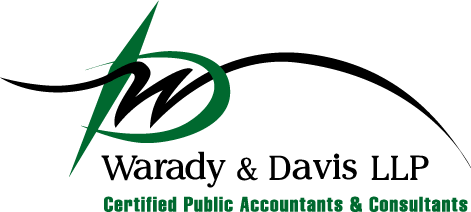A significant law was recently passed that adds tax breaks and makes changes to employer-provided retirement plans. If your business has a current plan for employees or if you’re thinking about adding one, you should familiarize yourself with the new rules.
The Setting Every Community Up for Retirement Enhancement Act (SECURE Act) was signed into law on December 20, 2019 as part of a larger spending bill. Here are the provisions of interest to businesses.
- Employers that are unrelated will be able to join together to create one retirement plan. Beginning in 2021, new rules will make it easier to create and maintain a multiple employer plan (MEP). A MEP is a single plan operated by two or more unrelated employers. But there were barriers that made it difficult to setting up and running these plans. Soon, there will be increased opportunities for small employers to join together to receive better investment results, while allowing for less expensive and more efficient management services.
- There’s an increased tax credit for small employer retirement plan startup costs. If you want to set up a retirement plan, but haven’t gotten around to it yet, new rules increase the tax credit for retirement plan start-up costs to make it more affordable for small businesses to set them up. Starting in 2020, the credit is increased by changing the calculation of the flat dollar amount limit to: The greater of $500, or the lesser of: a) $250 multiplied by the number of non-highly compensated employees of the eligible employer who are eligible to participate in the plan, or b) $5,000.
- There’s a new small employer automatic plan enrollment tax credit. Not surprisingly, when employers automatically enroll employees in retirement plans, there is more participation and higher retirement savings. Beginning in 2020, there’s a new tax credit of up to $500 per year to employers to defray start-up costs for new 401(k) plans and SIMPLE IRA plans that include automatic enrollment. This credit is on top of an existing plan start-up credit described above and is available for three years. It is also available to employers who convert an existing plan to a plan with automatic enrollment.
These are only some of the retirement plan provisions in the SECURE Act. There have also been changes to the auto enrollment safe harbor cap, nondiscrimination rules, new rules that allow certain part-timers to participate in 401(k) plans, increased penalties for failing to file retirement plan returns and more. Contact your Warady & Davis LLP advisor to learn more about your situation.
